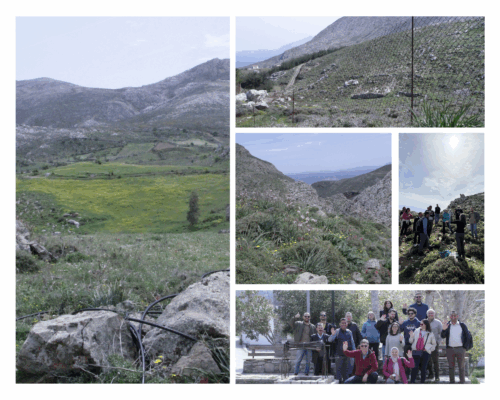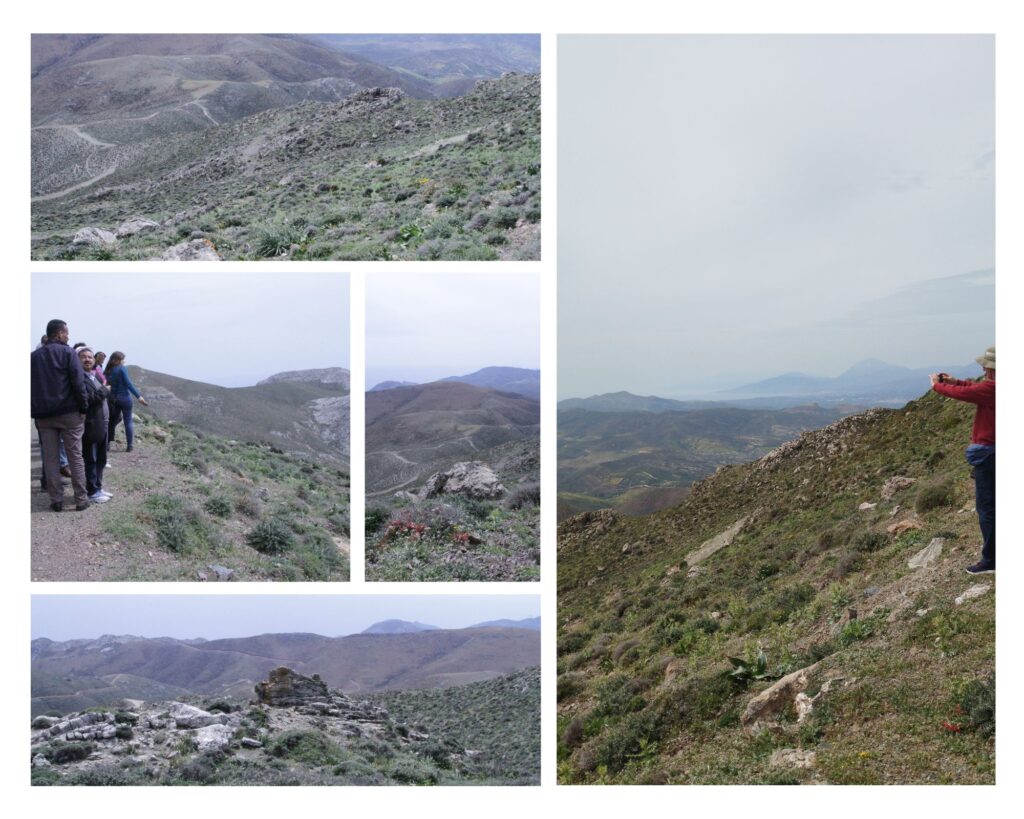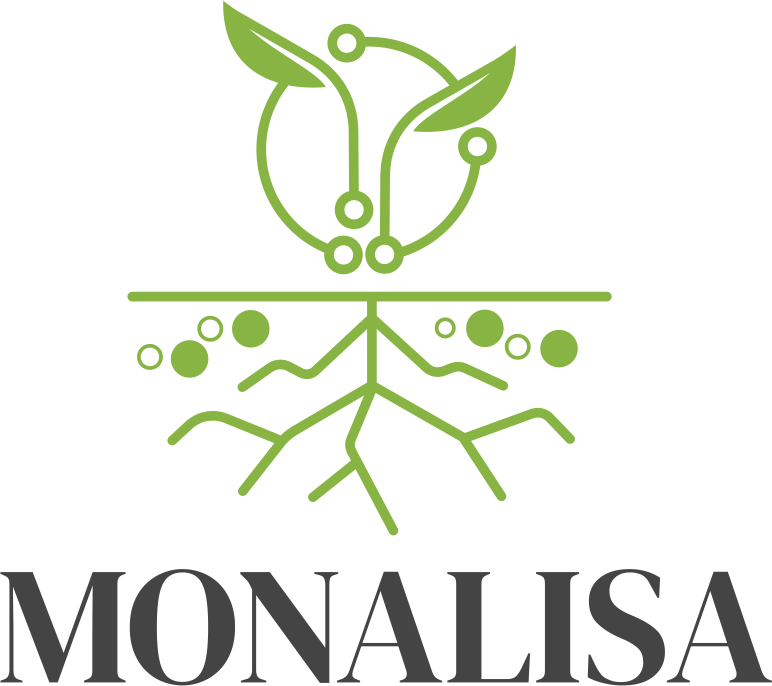In April 2025, the University of Crete – Natural History Museum of Crete (UoC-NHMC) organized the Asterousia Case Study Field Visit and Case Study Steering Committee Meeting in Crete, Greece. Over two days, participants discussed the pressing issues of desertification and land degradation, advancing sustainable solutions tailored to Mediterranean drylands. The Field Visit provided insights into the MONALISA Asterousia Case Study, exploring solutions for overgrazing, water harvesting, and soil quality management.
Day 1: Case Study Field Visit
The first day was dedicated to exploring the Asterousia Case Study, where participants engaged directly with local practices and innovations addressing land degradation. Key drivers of land degradation in the area include overgrazing, fires, road construction, and land use change.
Key Stops and Insights:
- Ethia Village: The group observed two locations: one suffering from abandonment and overgrazing, and the other using a rotational grazing system to prevent overgrazing. Proposed solutions for the first location included the restoration of stone walls and removal of fencing-grazing. For the second, solutions involved plowing along contour lines and planting legumes with barley and perennials.

Ethia village
- Kapetaniana Village: The group visited two testing plots: one with animals removed and the other with both animal removal and planting seeds/small shrubs. Proposed solutions included sustainable grazing practices and vegetation cover maintenance.

Proposed MONALISA solutions for the Asterousia Case Study include green infrastructure (e.g., stone piles, brush piles, stone walls, small ponds) and conservation agriculture practices in olive orchards (e.g., minimum tillage, strip-tillage, legume-based cover crops).
Day 2: Knowledge Sharing and Strategic Planning
The Case Study Steering Committee meeting, led by Giovanna Seddaiu and Cristina Domingo, provided a platform for key stakeholders to reflect on the progress of the case studies and address critical issues. The meeting began with an open discussion on the ongoing work and challenges faced in implementing co-design processes, stakeholder mapping, and engagement. Each case study leader shared their activities, challenges, and next steps following the April meeting.
A significant part of the discussion focused on co-design processes, with Los Pedroches serving as a model of how co-design and stakeholder engagement were applied in practice. This was followed by a presentation on co-evaluation guidelines, outlining methods used to assess solutions in the case studies. The session included interactive discussions on challenges related to the application of these guidelines.
The meeting also featured a presentation on the Soil Assessment Protocol, presented by Francesca Assennato and Antonio Pulina, which provided insights into soil quality assessment methods and their implications for the project. A presentation on the Asterousia case study area, led by Afroditi Kardamaki, followed, detailing the current situation and past research. Additionally, there was a discussion on the role of earth observations in monitoring the area, presented by Ioannis Manakos, showcasing how remote sensing supports decision-making and informs project activities.
The meeting concluded with a comprehensive discussion on the way forward, where participants reflected on key takeaways and defined next steps for the case studies. With collaboration and feedback from all involved, the project is poised to continue making significant progress in addressing critical environmental challenges.
